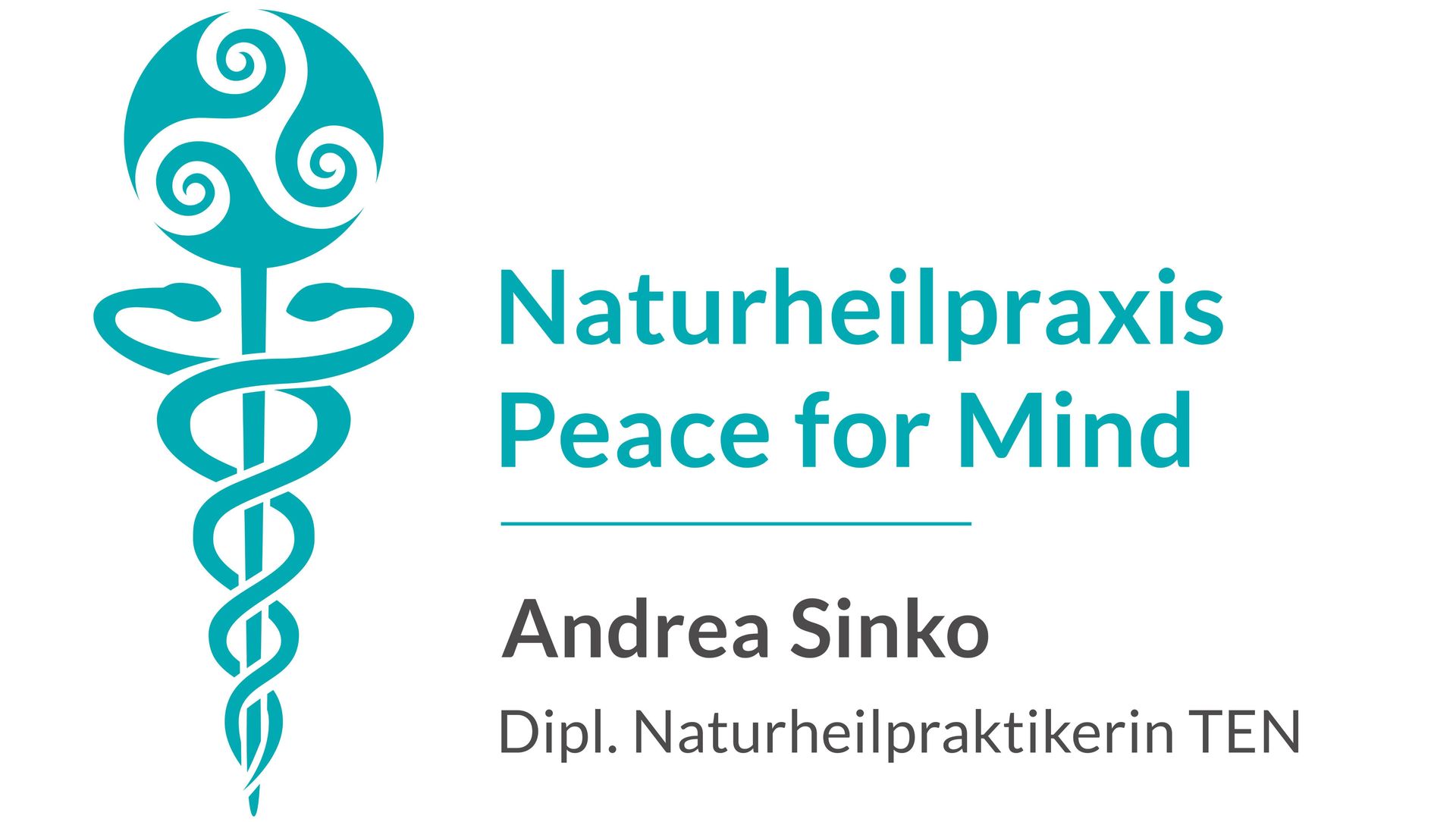Manual therapy
The origins of massage
In the broadest sense, manual methods are some of our oldest healing methods. In Asia and Africa, massage was used as far back as approx. 4,000 years ago, often in combination with essential oils, to release tension, stimulate the body’s inherent capacity to heal, improve circulation and hence promote healing.
Franz Kirchberg aptly described that practice in his book as
‘Just as people will instinctively rub and put pressure on swollen and hence painful or bruised areas of the body in an attempt to reduce the pain caused by the tension, it is most likely that this instinctive action has been used throughout history to alleviate pain.’
Segment reflex massage
The aim of a segment reflex massage (SRM) is to deliberately link all of the elements, connections and dependencies in our bodies that date back to our biological and embryonic development for diagnostic and therapeutic purposes.
Therapeutically, segment reflex massage is a means of working with the autonomic nervous system and autonomic regulation.
Working on the visceral-cutaneous reflex circuit (nerve connections) normalises the tone of connective tissue, as well as that of the internal organs, muscles, nerves and vessels.
These massages also normalise organ function in terms of vasomotion, secretion and motility through the reflex circuit.
SRM can also reduce pain in functional pain syndromes.
It recognises scar tissue as interferences within a segment and eliminates their disruptive effect on the segments’ function to activate the tissue’s self-healing capacity where it is blocked.
Segment reflex massage is performed using select manual, passive movement, and reflex-based massage techniques that are tailored to each individual person.
An important note on all types of massage:
Massages never involve the genital area and we do not offer tantric massages.



